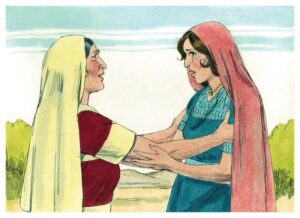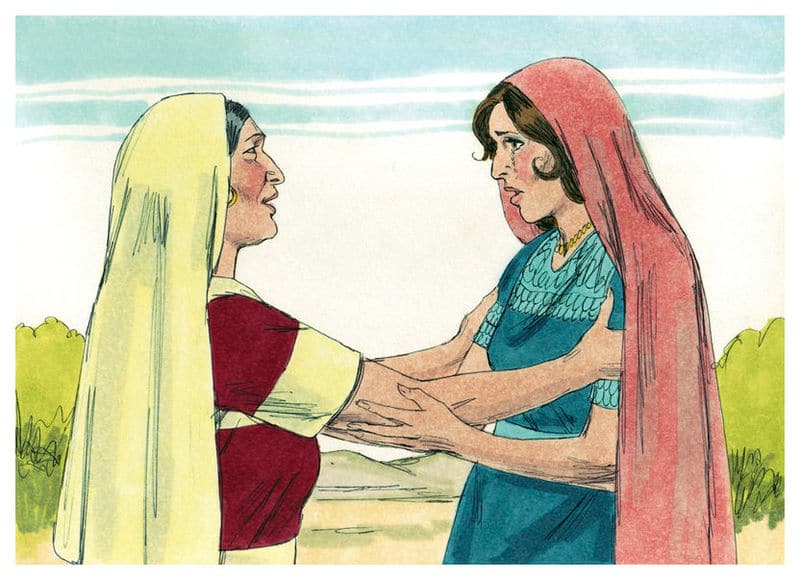By Sue Beller, Boar Chair
The below post is the D’var Torah given by Board Chair Sue Beller at the recent Board of Directors Meeting on June 3-4,2019.
One of the special things about the Hadassah Foundation is that we work within a Jewish framework deriving from Jewish values. Shavuot is coming up soon – Sunday June 9 and Monday June 10 – and I found some inspiration surrounding one of the holiday’s traditional readings – the Book of Ruth.
The fact that the Book of Ruth exists to begin with is special because there are only two books in the Bible named after women – the Book of Ruth and the Book of Esther. In both cases, the women are truly the heroes of those stories.
A quick overview of the Story of Ruth
There is famine in Israel. Naomi, along with her husband Elimelekh and their 2 sons, migrate to the land of the Moabites to escape starvation. They are there for 10 years and during that time, the 2 sons marry Moabite women – Ruth and Orpah – who happen to be the daughters of the king. Towards the end of the 10 years, tragedy befalls the family, and all 3 men die.
Naomi is devastated, and she decides that she needs to go back to the land where her family is from in Bethlehem. Naomi knows it is going to be a hard life and she urges her 2 daughter-in-laws to stay in the land of the Moabites where they are from. Orpah complies. However Ruth refuses with the famous verse of devotion:
 |
| Photo credit: Kveller.com. |
The story of Ruth is an amazing example of women supporting women! Ruth’s devotion to Naomi is legendary. In the Bible, which is filled with stories of jealousy and betrayal, this story about women’s support for each other, really stands out.
The Story of Ruth also gives us a great example of social change and it far reaching impact, in the way it raises the status and the respect of the convert. Up until this point in the timeline of the Bible, we hear about different biblical figures who marry spouses from foreign lands. But in general, these partners are side-lined. We hear very little about them. This is the first time when the convert becomes the star of the story.
When I think about some of the social change indicators that our Foundation uses, this hits squarely on a several of them. The Story of Ruth redefines the meaning of a convert from one who is a follower to one who is an equal and in fact, even a leader. This story also serves to change community behavior. Rather than treating the convert as a marginalized outsider, this story exemplifies the need to embrace the convert in the way that Naomi embraces Ruth. If Naomi had not embraced Ruth, the implication is that the line of David never would have happened. And we still hear the story of Ruth referenced today, as the model for how to treat the convert.
There are multiple interpretations of the story of Ruth that draw strong parallels between Abraham and Ruth, and their common leadership traits. I believe these comparisons are particularly important because they highlight a different kind of leader. Both Ruth and Abraham are characterized by their tremendous chesed or kindness. They also are both portrayed as courageous migrants who left the land of their fathers, casting away their religious and national bonds, to embark on unknown and very dangerous journeys. In Abraham’s case, he is propelled by faith. And in Ruth’s case, she is propelled by love and loyalty. Ultimately, both Abraham and Ruth are portrayed as important leaders, and instrumental in establishing the future course of the Jewish people. As a Foundation, as we focus on broadening the definition of leadership, I love the fact that the Bible makes this association.

